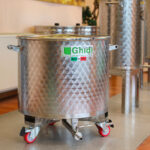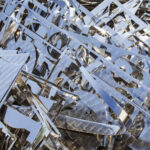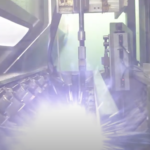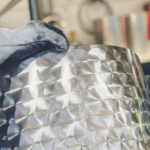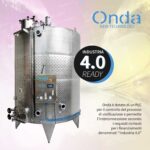Results of experimentation of wines without added sulfites* produced with the Wave Winemaker ® presented at Vinitaly in 2018
The experiment was conducted and coordinated by Prof. Esti Marco of theUniversity of Tuscia – Department of Agricultural and Forestry Sciences DAFNE – Viterbo
–
RIESLING VINIFIED ON AIR WITHOUT ADDED SULFITES*
Grape: Rhine Riesling
Harvest date: September 15, 2017
| Bottling | |
| Ethanol (% v/v) | 13.3 |
| pH | 3.10 |
| Acidity (g/L) | 6.4 |
| SO2 free (mg/L) | 9 |
| SO2 total (mg/L) | 13 |
| Acetic acid (g/L) | 0.23 |
| Acetaldehyde (mg/L) | 5 |
| Polyphenols (mg/L) | 73 |
| Residual sugars (mg/L) | 240 |

ROSÉ VINIFIED ON AIR WITHOUT ADDED SULFITES*
Grape: Rhine Riesling
Harvest date: September 15, 2017
| Bottling | |
| Ethanol (% v/v) | 13.2 |
| pH | 3.2 |
| Acidity (g/L) | 6.3 |
| SO2 free (mg/L) | 10 |
| SO2 total (mg/L) | 15 |
| Acetic acid (g/L) | 0.16 |
| Acetaldehyde (mg/L) | 4 |
| Polyphenols (mg/L) | 77 |
| Total anthocyanins (mg/L) | 2 |
| Residual sugars (mg/L) | 200 |
| Dye intensity | 0.12 |
| Shades | 1.14 |
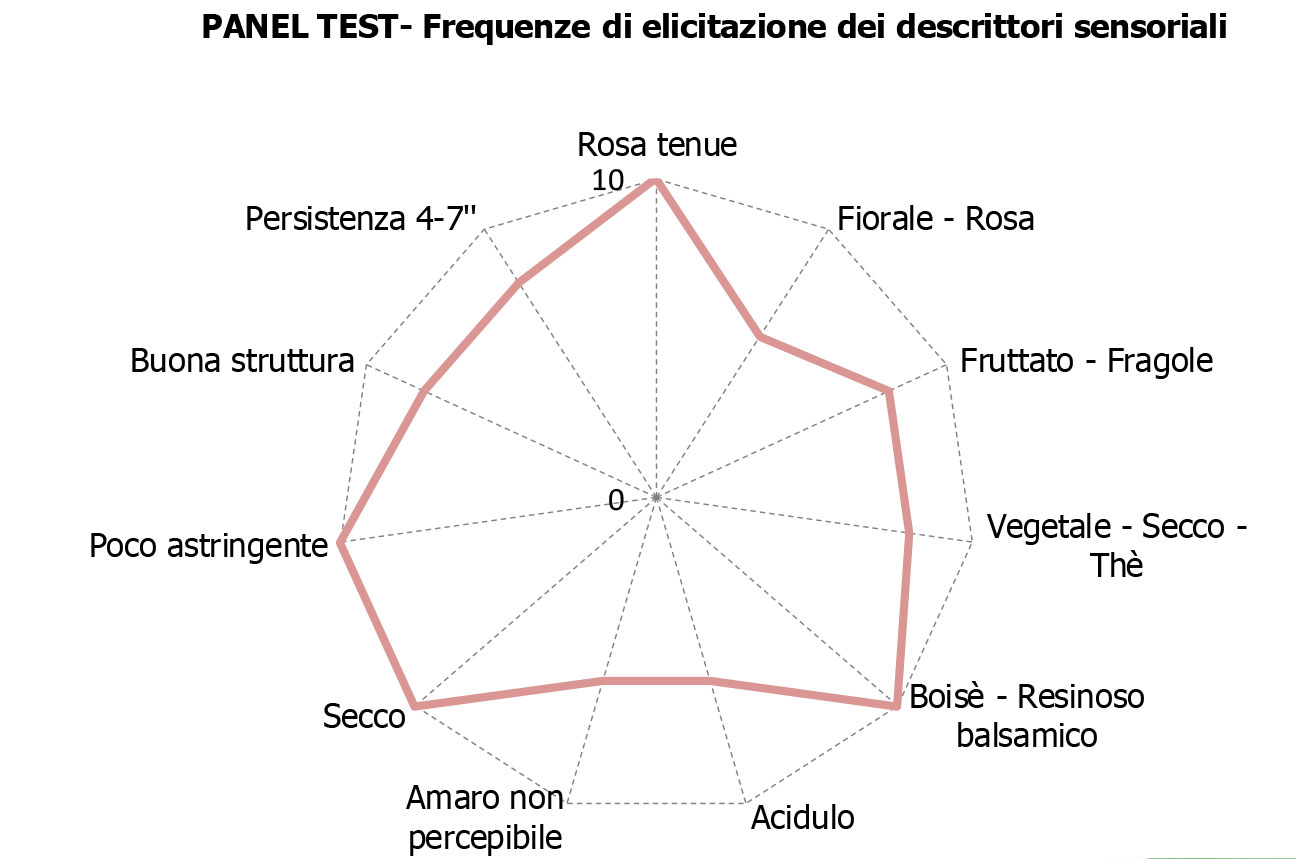
Continuous measurement of oxygen* (ppb), in Onda® tank, during vinification and aging of white wine from Riesling grapes without added sulfites*.

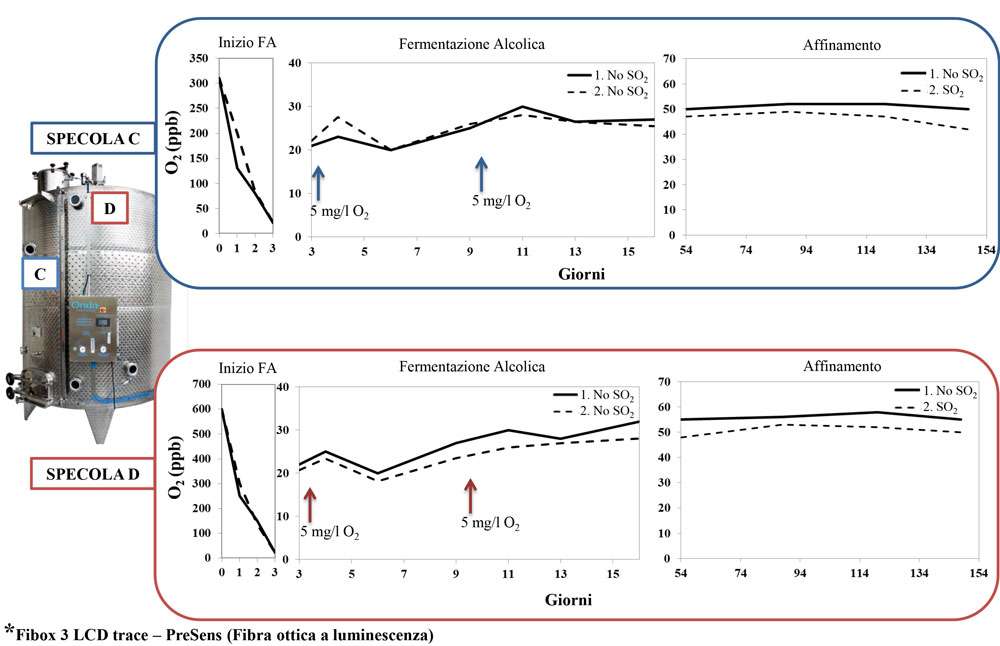
Using Onda® technology, a wine was produced from Riesling grapes without added sulfites (No SO2) with chemical-physical and organoleptic parameters similar to those of control wine (SO2).
Using speculas placed at different heights from the bottom of the Onda® tank, dissolved oxygen was continuously measured and dosage adjusted in the must and wine during alcoholic fermentation and aging on lees.
It was found that:
- In the first three days after the start of alcoholic fermentation, the oxygen present was metabolized by the yeasts throughout the mass homogeneously;
- Comparison of oxygen concentrations at different heights shows no significant variations, guaranteed by the excellent saturating capacity of the nozzle placed in the headspace;
- During alcoholic fermentation, the regulated additions of oxygen (5 mg/l), at about 3 and 9 days after the start of fermentation, designed to promote biosynthesis of yeast survival factors, are very evident;
- In aging, in the thesis without added sulfites (No SO2), there was a slightly higher dissolved oxygen content than in the control thesis (SO2).


